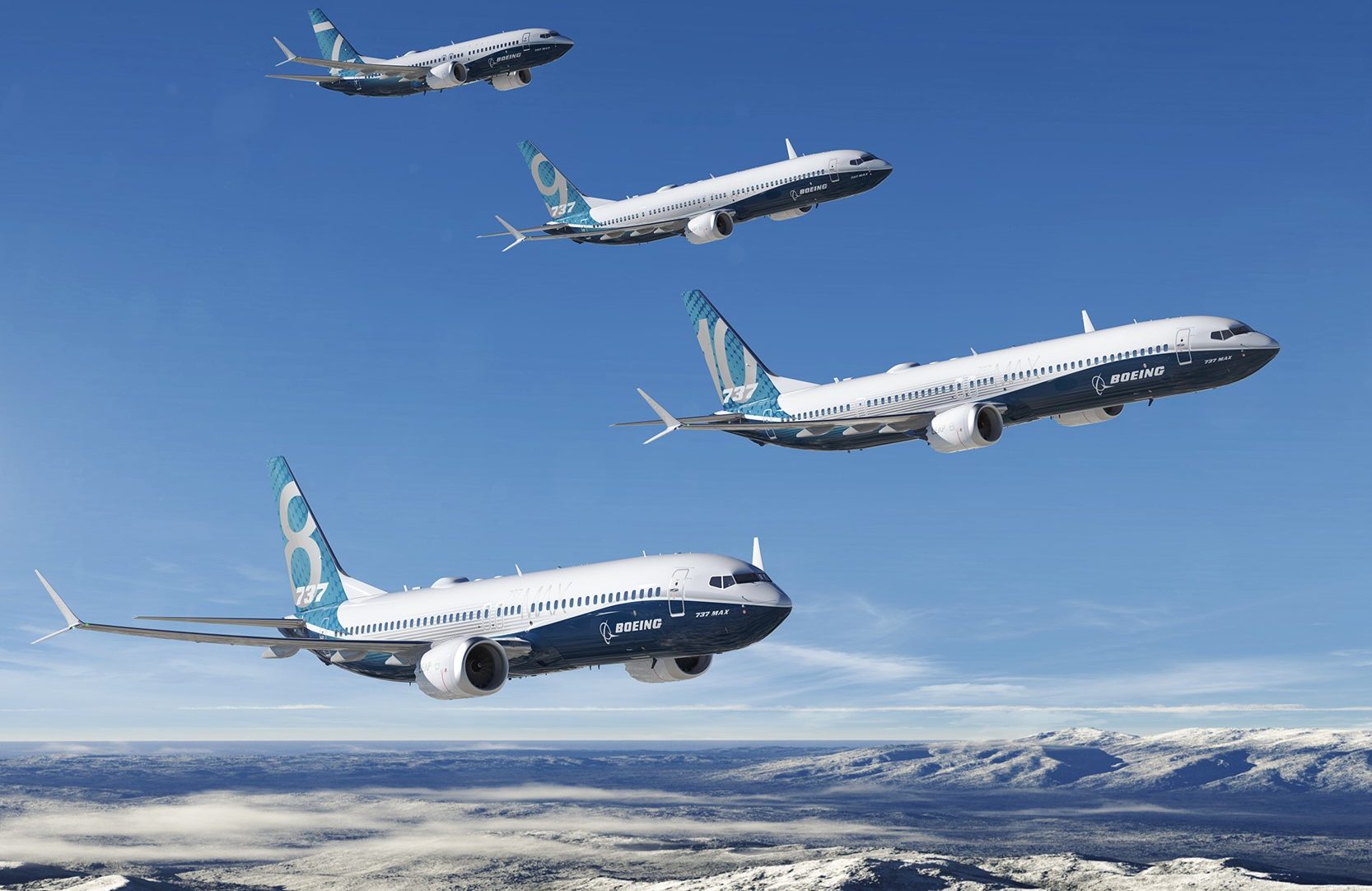Delta chief executive Ed Bastian has again reiterated the need for a new middle of the market aircraft (NMA) and hinted in a recent speech that the airline would be interested in becoming the launch company for a new Boeing aircraft.
Also dubbed the 797, engine manufacturers have been submitting their powerplant offerings for this new aircraft, which need to respond to the RFP that requests 45,000 pound thrust with a 25% reduction in fuel consumption compared to the 757.
When Boeing failed to make a 757 replacement ten years ago many thought they had made a significant error. The reality though was that the 757 did not sell that well and it is a risky market segment to concentrate spend. Then in 2008, as the oil price fell the 757s became akin to gold dust as demand for upguaged aircraft became clearer. With the Neo and Max aircraft launched, the full scale of the wrong turn became clear when the A321 became the outstanding aircraft of choice for many airlines seeking increased range and extra seats without having to move up to a widebody aircraft. That in turn contributed to Boeing’s launch of the 737 Max 10. It is logical to assume that a proportion of airlines ordering the A321neo and virtually all ordering the Max-10 would have been delighted to take a 757 replacement at a sooner or similar delivery date.
It is thought that the 797 will be the name for the 757 replacement, on that we shall see, but in the here and now the real problem is what to stick on the wing of any such aircraft. As reported here some eight years ago the CFM LEAP engine as designed was not adequate, even after a redesign in the interim the problems with the LEAP engines far exceed anything that P&W has thrown at airlines. And, as P&W move towards a total resolution to its GTF problems, the LEAP snag list goes on and on in the hot sections. The debate in the market is whether any of the engine OEMs are in a particular position of strength to be able to confidently present a new engine for a 757 replacement at this time. Aside from P&W, the next obvious choice is Rolls Royce, but again the company is in no great shape battling engine fixes with its Trent 1000/900 program. The company is restructuring but cashflow at RR is under real strain. Even so, RR is expected to throw into the mix a version of its Ultra engine. P&W can scale-up its PW1000 series GTF with ease and that must seem for Boeing a leading contender to be the powerplant of choice for the 757 replacement.
In the end, the hesitation from Boeing and delay to this current timescale could well see a 757 replacement far superior to anything that would have gone before it. The advent of many new technologies, which are now being run-in on other aircraft, provides a good platform for Boeing to create an aircraft without equal. Still this is a risky market segment and no aircraft launched within it has sold in droves. It will be impressive if Boeing can get the design solidified in time for a Farnborough airshow launch. We shall see!





